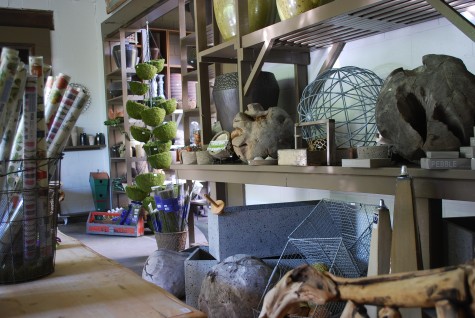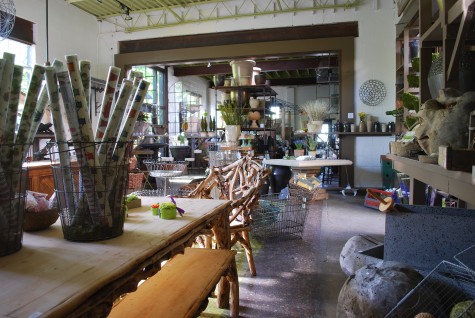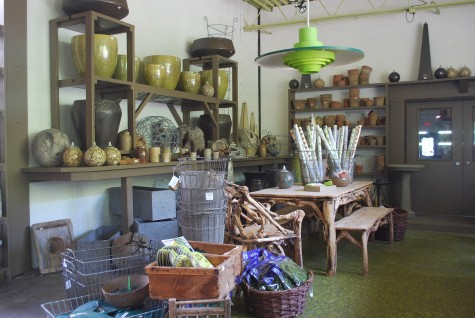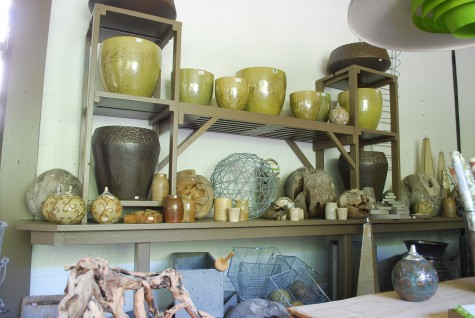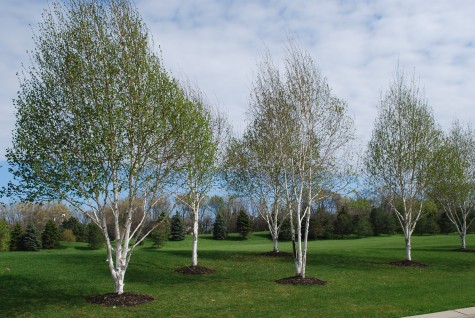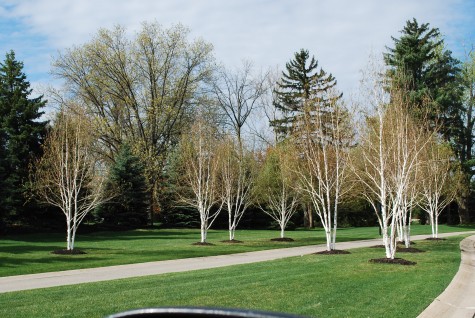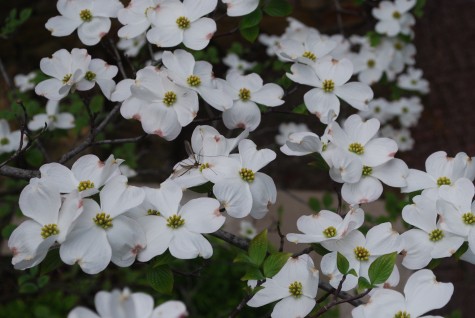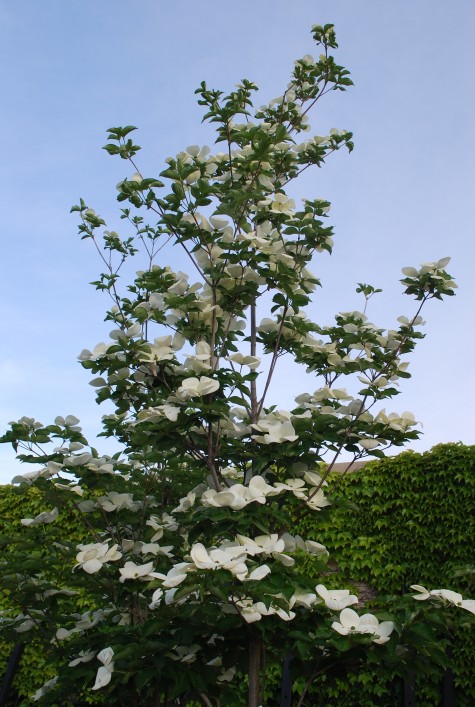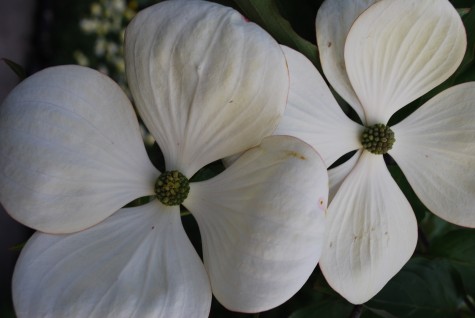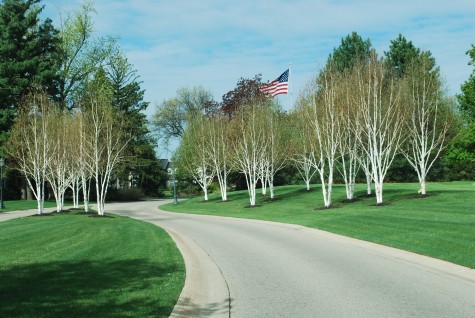At A Glance: Shop Ready
Packing It All In
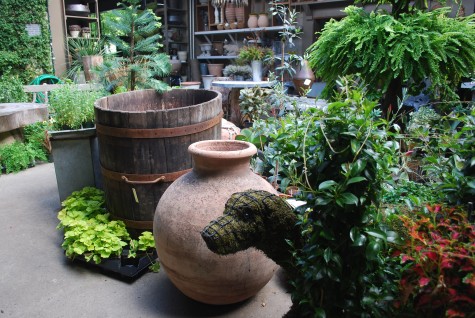 My shop is stuffed to the rafters with all manner of ornament that I hope will enchant some gardener, given that they have already enchanted me. This seems to be working-we are busy. Packed into this picture, a vintage handmade Italian pot, a French oval wine cask, and a mossed golden retriever. Not that I would put these three even remotely near one another in a garden. I try to appeal to gardeners of all kinds. No two gardeners look at anything the same; this is part of what interests me about gardening so much. I try to represent lots of points of view. The plants-they apply equally to everyone.
My shop is stuffed to the rafters with all manner of ornament that I hope will enchant some gardener, given that they have already enchanted me. This seems to be working-we are busy. Packed into this picture, a vintage handmade Italian pot, a French oval wine cask, and a mossed golden retriever. Not that I would put these three even remotely near one another in a garden. I try to appeal to gardeners of all kinds. No two gardeners look at anything the same; this is part of what interests me about gardening so much. I try to represent lots of points of view. The plants-they apply equally to everyone.
 The ornament aside, the shop has some very new additions. The glass roof room has become a temporary home for those plants that have no defense against weather turning for the worse-like these giant leaved farfugium. Given that the overnight temperature tonight is forecast at 34 degrees, I cannot think of a better time to discuss the proper planting out of tender, marginal, or tropical plants. “A primer on proper timing for planting out” could be the title of a discussion that could just as easily be described as “How to know when you are suffering from early planting derangement anxiety, and possible treatments”. Should you think a lecture is looming, you are right.
The ornament aside, the shop has some very new additions. The glass roof room has become a temporary home for those plants that have no defense against weather turning for the worse-like these giant leaved farfugium. Given that the overnight temperature tonight is forecast at 34 degrees, I cannot think of a better time to discuss the proper planting out of tender, marginal, or tropical plants. “A primer on proper timing for planting out” could be the title of a discussion that could just as easily be described as “How to know when you are suffering from early planting derangement anxiety, and possible treatments”. Should you think a lecture is looming, you are right.
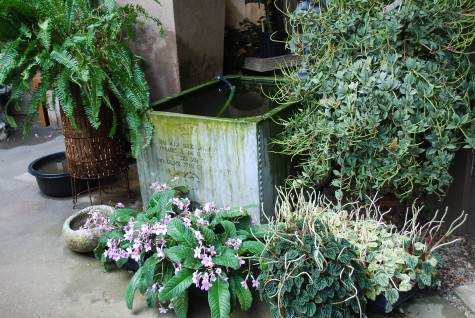 I am interested in each and every plant that it my good fortune to meet. Cold tolerance has nothing to do with my interest. Bring on the streptocarpus, the great looking pepperomias, the lotuses, the bananas, the Australian tree ferns, the Solenia begonias and the coleus standards. But discretion is the better part of valor where bringing on is concerned.
I am interested in each and every plant that it my good fortune to meet. Cold tolerance has nothing to do with my interest. Bring on the streptocarpus, the great looking pepperomias, the lotuses, the bananas, the Australian tree ferns, the Solenia begonias and the coleus standards. But discretion is the better part of valor where bringing on is concerned.
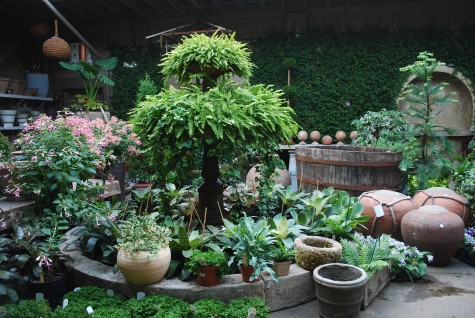 Michigan is famous for its late frosts; any Michigan gardener can recall snow on Mother’s Day-not to mention Memorial Day. Our balmy spring dating back to late March has the power to make all of us act stupid now. Not that we needed any encouragement; I am so ready-aren’t you? I have cleaned too early, smashed emerging shoots, disturbed what was not really awake, been so far ahead I was actually behind-I am a person who is eminently capable of bad moves, who happens to have a passion for gardening.
Michigan is famous for its late frosts; any Michigan gardener can recall snow on Mother’s Day-not to mention Memorial Day. Our balmy spring dating back to late March has the power to make all of us act stupid now. Not that we needed any encouragement; I am so ready-aren’t you? I have cleaned too early, smashed emerging shoots, disturbed what was not really awake, been so far ahead I was actually behind-I am a person who is eminently capable of bad moves, who happens to have a passion for gardening.
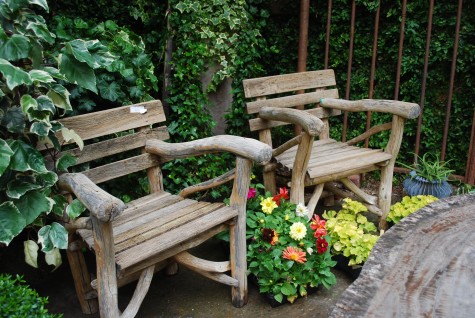 I bought flats of short dahlias a few days ago-I could not resist. No doubt they are 3 weeks from a safe planting date. So I have them stashed in a warm place. They are a new hybrid with better rebloom. Who could resist their cheer? My longing to plant them out-roll your eyes, as you should. From May 5 to May 15, I use the no word more often than any other time of the year.
I bought flats of short dahlias a few days ago-I could not resist. No doubt they are 3 weeks from a safe planting date. So I have them stashed in a warm place. They are a new hybrid with better rebloom. Who could resist their cheer? My longing to plant them out-roll your eyes, as you should. From May 5 to May 15, I use the no word more often than any other time of the year.
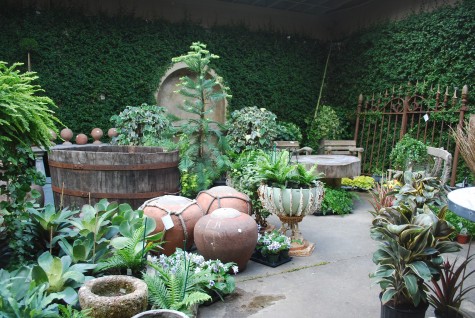 All of those plants that need weather protection clog my shop right now. No matter how excited I am to get them integrated into the garden, nature rules the day. People walk through the front door of the shop in shorts and flip flops all the time when it is but 37 degrees. Fine for those people; they have legs to get them someplace warm. The plants-they depnd on you. The plants depend on your accurate timing and placement. Should you think that the weather applies only to your neighbors, or some other community, or not to you at all-be prepared to be disappointed.
All of those plants that need weather protection clog my shop right now. No matter how excited I am to get them integrated into the garden, nature rules the day. People walk through the front door of the shop in shorts and flip flops all the time when it is but 37 degrees. Fine for those people; they have legs to get them someplace warm. The plants-they depnd on you. The plants depend on your accurate timing and placement. Should you think that the weather applies only to your neighbors, or some other community, or not to you at all-be prepared to be disappointed.
 My friends in the garden center industry can document sales of vegetable plants-twice a season. What they sell too early, they sell again. Though I am not shy with the no word, I am an advisor, not a parent. Should you need to have a spring garden, engineer one. Plenty of plants tolerate mid April to late May conditions. Spring flowering bulbs-make friends. You gain nothing from a too early planting-you may in fact be set back in such a way that ends up discouraging you. I am very committed to every person who walks through my door being encouraged to try, grow-and be successful.
My friends in the garden center industry can document sales of vegetable plants-twice a season. What they sell too early, they sell again. Though I am not shy with the no word, I am an advisor, not a parent. Should you need to have a spring garden, engineer one. Plenty of plants tolerate mid April to late May conditions. Spring flowering bulbs-make friends. You gain nothing from a too early planting-you may in fact be set back in such a way that ends up discouraging you. I am very committed to every person who walks through my door being encouraged to try, grow-and be successful.
 Cold sensitive plants are all about soil temperature, not air temperature. Should the dirt be freezing to your fingers, back off. Ignore the air temperature; it takes time to warm the soil. At what date is the soil temperature 50 degrees-much later than you think. Ignore the daytime temps-watch the nights. Below 50 degrees-stressful to annuals and tropicals. My belief-any cold sensitive plant planted into too cold soil too early, languishes, and never really recovers. Annual plants planted too early burn out early. Wait a May week in spite of your readiness to leap out of the box; reap your gardening pleasure way long into the fall. Patience early will reward you in the stretch.
Cold sensitive plants are all about soil temperature, not air temperature. Should the dirt be freezing to your fingers, back off. Ignore the air temperature; it takes time to warm the soil. At what date is the soil temperature 50 degrees-much later than you think. Ignore the daytime temps-watch the nights. Below 50 degrees-stressful to annuals and tropicals. My belief-any cold sensitive plant planted into too cold soil too early, languishes, and never really recovers. Annual plants planted too early burn out early. Wait a May week in spite of your readiness to leap out of the box; reap your gardening pleasure way long into the fall. Patience early will reward you in the stretch.
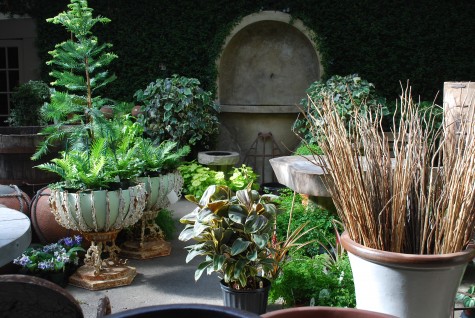
The sun in the the glass roof room late this afternoon-beautiful. Indoors, there was no hint of the high winds, and the cold. Just the rays. I do not plant my pots until the second week of June every year. The two weeks I wait makes me months ahead. My advice-wait until the rays warm your soil. Wait for the rays.
Best Spring Ever
 Our winter was benign, and left early, never to return. Our spring has been balmy, even tempered. I can only think of two nights where I worried about frost. It shows. Early spring bulbs were beautiful. Flowering trees woke up and represented early. My hellebores, congested with blooms. Cool nights are making every spring statement essay length. My old tree form wisteria is gorgeous right now.
Our winter was benign, and left early, never to return. Our spring has been balmy, even tempered. I can only think of two nights where I worried about frost. It shows. Early spring bulbs were beautiful. Flowering trees woke up and represented early. My hellebores, congested with blooms. Cool nights are making every spring statement essay length. My old tree form wisteria is gorgeous right now.  In its vining form, wisteria can be a colossal irritation. It grows too fast. It frequently refuses to bloom, after all the work you might do to feed, water, and prune properly. It crushes anything but the strongest support. Rumor has it that some ancient estate in the south has been completely engulfed by a wisteria vine covering acres. Like I said, just a rumor from my early gardening years that I have never forgotten. Is not any wisteria story believable? But this year-the wisteria blooming makes me understand why gardeners put up with them.
In its vining form, wisteria can be a colossal irritation. It grows too fast. It frequently refuses to bloom, after all the work you might do to feed, water, and prune properly. It crushes anything but the strongest support. Rumor has it that some ancient estate in the south has been completely engulfed by a wisteria vine covering acres. Like I said, just a rumor from my early gardening years that I have never forgotten. Is not any wisteria story believable? But this year-the wisteria blooming makes me understand why gardeners put up with them.
 The tree form isolates those uncivilized and fast growing tendrils from the community at large, and keeps all their mischief confined to their own home. My first wisteria tree was a one gallon whip; I planted the tiny thing with nothing but lawn around it for blocks. I drove 3 galvanized steel stakes into the ground as far as Fred from next door could manage. Within a year I was tying the trunk to my steel tripod with nylon stockings. The first five years-not a good look. My green vining version of Cousin It, bound to those silver poles-bizarre looking. Of course, there were no flowers. Neighbors would occasionally ask me what my intent was with that plant.
The tree form isolates those uncivilized and fast growing tendrils from the community at large, and keeps all their mischief confined to their own home. My first wisteria tree was a one gallon whip; I planted the tiny thing with nothing but lawn around it for blocks. I drove 3 galvanized steel stakes into the ground as far as Fred from next door could manage. Within a year I was tying the trunk to my steel tripod with nylon stockings. The first five years-not a good look. My green vining version of Cousin It, bound to those silver poles-bizarre looking. Of course, there were no flowers. Neighbors would occasionally ask me what my intent was with that plant.

The 6th year, my tree wisteria bust forth with hundred of fragrant lavender racemes-all of them dripping to impossible lengths. Thousands of pea-like flowers, weeping in the most breathtaking way you could imagine. I laid down on the ground under that tree, and looked up through those flowers to the sky-a perfect gardening moment. This spring, the wisteria is blooming everywhere-heavily. The perfume, heady.
 Not all evidence of a great spring is so dramatic. My old Picea Mucrunulatum have pushed forth very long candles this year. They are going for broke. This new evergreen growth I call spring green. Everywhere I see plants growing robustly; they have all been coached by the mild winter season, and the milder spring. Some years we have had no spring. An extreme winter is replaced by an equally extreme summer. I so understand why the gardens, and the gardeners in England take my breath away. A gentle and moderate climate is the best dance partner any gardener could ever hope for.
Not all evidence of a great spring is so dramatic. My old Picea Mucrunulatum have pushed forth very long candles this year. They are going for broke. This new evergreen growth I call spring green. Everywhere I see plants growing robustly; they have all been coached by the mild winter season, and the milder spring. Some years we have had no spring. An extreme winter is replaced by an equally extreme summer. I so understand why the gardens, and the gardeners in England take my breath away. A gentle and moderate climate is the best dance partner any gardener could ever hope for.
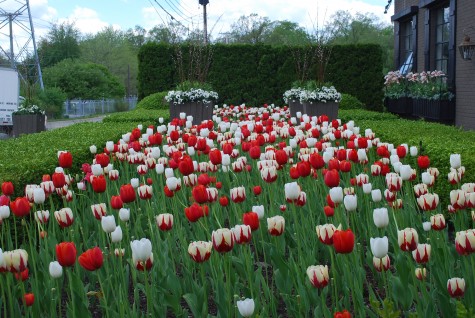 The tulips at the shop are in their glory right now. Their incredible size and height I attribute to a benign frozen dormancy, and regular soaking spring rains. Juicy. My asparagus this year-divine.
The tulips at the shop are in their glory right now. Their incredible size and height I attribute to a benign frozen dormancy, and regular soaking spring rains. Juicy. My asparagus this year-divine.
 Our early spring plantings show no signs of being under siege from overly cold temperatures. The in ground plantings have grown and thickened up; the blooming is profuse. In this limestone pot, the new Alyssum “Snow Princess”. A new variety that has gotten much press at trial-I will give it a try. That distinctive alyssum spring smell-I got the message from fully ten feet away.
Our early spring plantings show no signs of being under siege from overly cold temperatures. The in ground plantings have grown and thickened up; the blooming is profuse. In this limestone pot, the new Alyssum “Snow Princess”. A new variety that has gotten much press at trial-I will give it a try. That distinctive alyssum spring smell-I got the message from fully ten feet away.
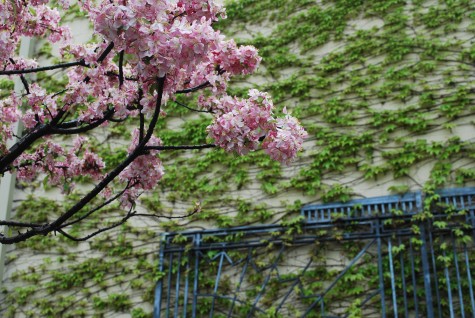 The crabapples have been outstanding. The flowers on this coralburst crab-dense. A coralburst has a naturally round lollipop shape-in bloom, they will make you smile. This spring, our spring-every gardeners smile is a broad one.
The crabapples have been outstanding. The flowers on this coralburst crab-dense. A coralburst has a naturally round lollipop shape-in bloom, they will make you smile. This spring, our spring-every gardeners smile is a broad one.
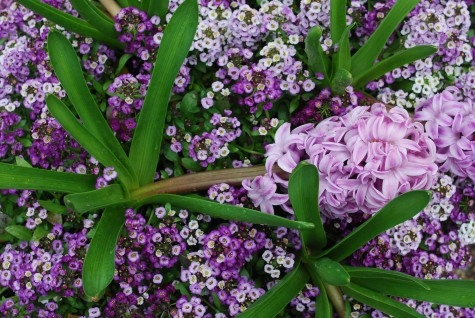
As Janet would say, this particular spring has been so beautiful, one could fall to the ground and weep. That’s the kind of gardener she is. As for me, it has been everything I ever imagined, and more. The best spring, ever.



